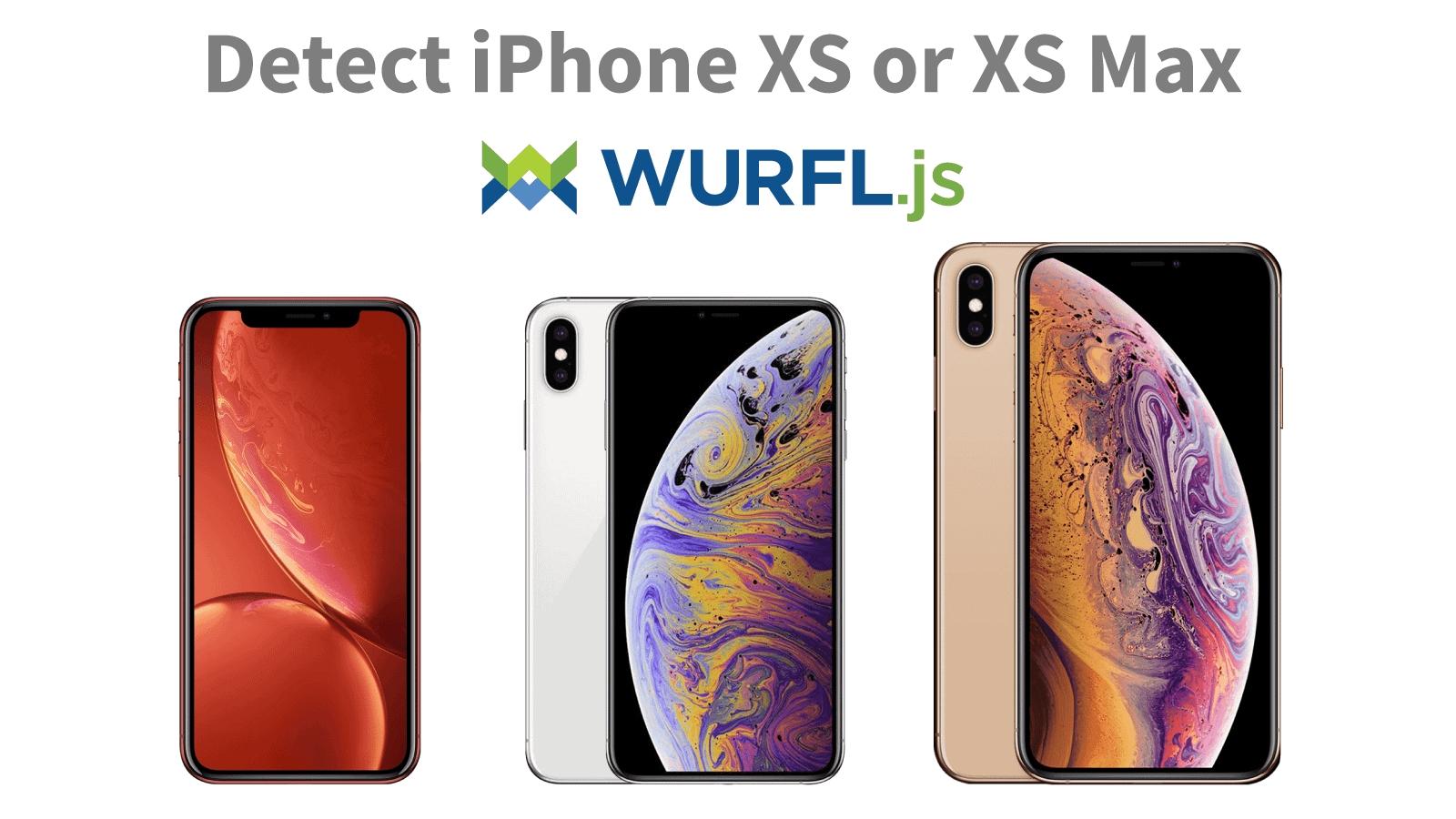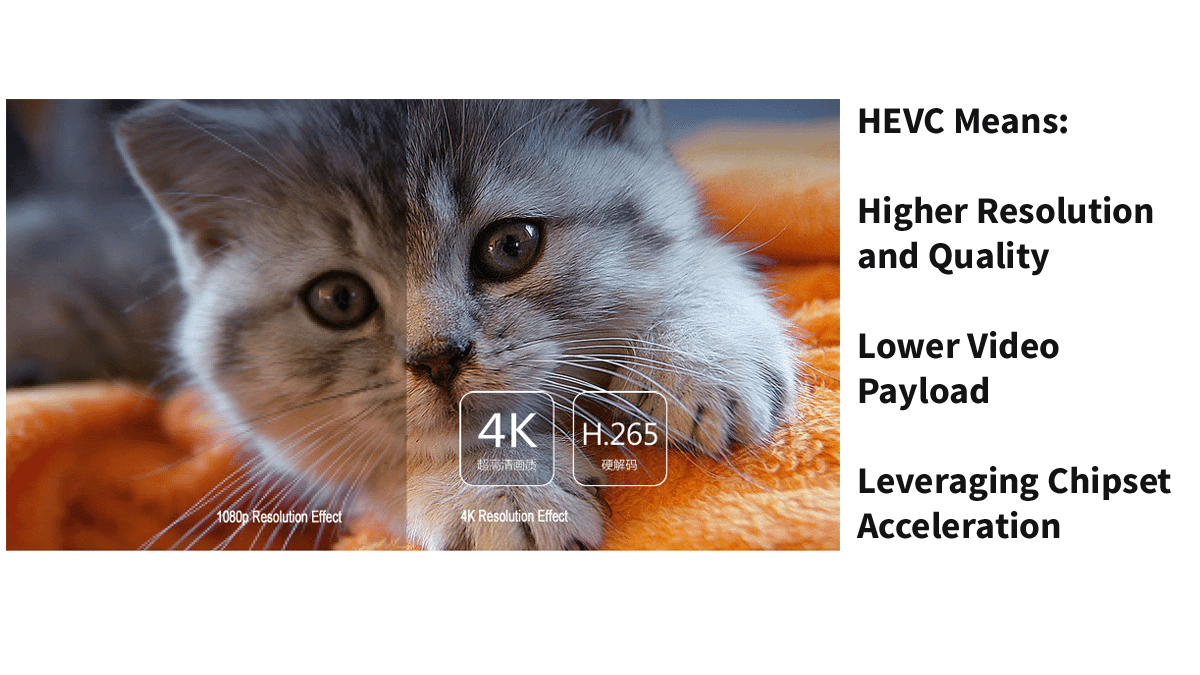Blog
Recent Posts
How to Detect iPhone XS and iPhone XS Max
Oct 9th, 2018
The Apple iPhone XS and iPhone XS Max shipped September 21, 2018. If you need to test or detect iPhone XS or XS Max, then WURFL.js can solve your problems.
Read More
What Is The Release Date of Phones Visiting My Website?
Oct 1st, 2018
Knowing the age and release date of a device is valuable to advertisers and enhances audience analytics. The age of a user’s device visiting your website is a excellent indicator of whether that viewer is an early adopter.
Read More
Growing Support of HEVC or H.265 Video on Mobile Devices
Aug 23rd, 2018
78% of iPhone and 57% of Android smartphone requests come from devices that support hardware-accelerated High Efficiency Video Coding (HEVC or H.265) decoding. This growing support trend will benefit video streaming companies that architect their networks to leverage HEVC.
Read More
WebRTC Support in Browsers is Growing
Apr 27th, 2018
WebRTC is a project that provides web browsers and mobile applications with real-time communication (RTC) via simple application programming interfaces (APIs). Many browsers have added versions that support WebRTC to allows audio and video communication to work inside the web page.
Read More
Legacy Package Deprecation for WURFL OnSite API for Java
Apr 25th, 2018
Our team has been working hard on the upcoming release of the WURFL OnSite API for Java (v1.9.4.0), which will be the last release to contain support for the legacy package name (net.sourceforge.wurfl) and the legacy release package. There’s a lot of information below about the package name and why we’re doing it, but the most important thing to know is that current customers need to update to the new package name (com.scientiamobile) to avoid any disruptions to their project(s).
Read More
The Importance of Knowing Physical Device Dimensions
Apr 24th, 2018
Some of our specific WURFL device detection capabilities identify physical elements of devices (smartphones, tablets, etc.). With this information our customers can pinpoint and target ads to newer devices, or older devices, depending on their desired demographic.

Changes in Brazilian Smartphone Usage: 2015 Q1 vs. 2018 Q1 Comparison
Apr 24th, 2018
Brazil is a country full of change and increasing global impact, which is why we decided to focus on Brazil for our 2018 Q1 Mobile Overview Report (MOVR). We took a look a the top 10 smartphones and the top manufacturers, then and now, to see what trends we could find over the past three years.
Read More
Average Age of Smartphone in Asia: 2017 Q4
Feb 18th, 2018
In Asia, we broke apart each country’s average age of smartphones for 2015 to 2017. Then, we explored the differences in ages based on the smartphone OS (Android or iOS). In the two separate graphs below, we show the findings. For a more detailed report covering additional continents and countries, please download our 2017 Q4 Mobile Overview Report (MOVR)
Read More
Enterprises Can Simplify Device Detection Deployment and Scaling with WURFL Microservice for Docker
Feb 1st, 2018
RESTON, Va., Feb. 1, 2018 (GLOBE NEWSWIRE) — ScientiaMobile launches WURFL Microservice for Docker to support enterprises that deploy device detection services using Docker containers. These enterprises can easily integrate WURFL into their microservice architecture and seamlessly deploy to servers using Docker’s container framework.
Read More
Introducing WURFL Microservice for Docker
Jan 30th, 2018
Today, we launched WURFL Microservice for Docker, an extension to the WURFL Microservice product line that we already have for AWS. If you are not familiar with microservices, I recommend that you read this post to make sense of why a WURFL REST API server may be a good idea and why Docker can be a great option for deploying it.
Read More













